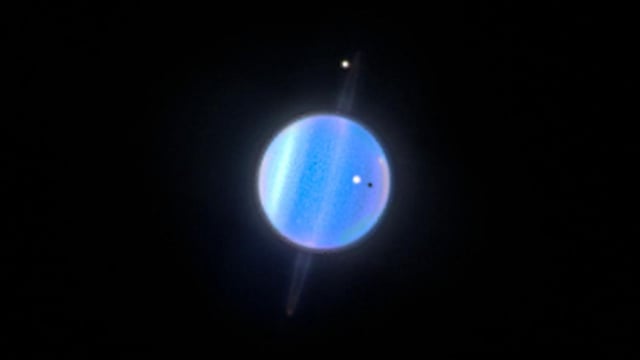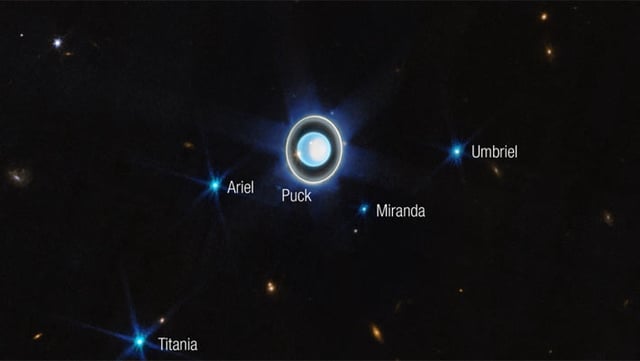Overview
- The leading hemispheres of Titania and Oberon appear darker and redder than their trailing sides, contradicting predictions of radiation darkening by charged particles.
- Ariel and Umbriel show no significant brightness difference between their leading and trailing hemispheres, indicating minimal magnetospheric interaction.
- Researchers attribute the color asymmetry to dust from Uranus’s irregular satellites coating the forward-facing surfaces of the outer moons.
- Hubble’s ultraviolet imaging and spectroscopy enabled the discovery by revealing surface variations that ground-based telescopes cannot detect.
- The findings challenge existing models of Uranus’s magnetosphere, bolster the case for a dedicated orbiter mission and highlight the difficulties of securing funding under current budget constraints.

